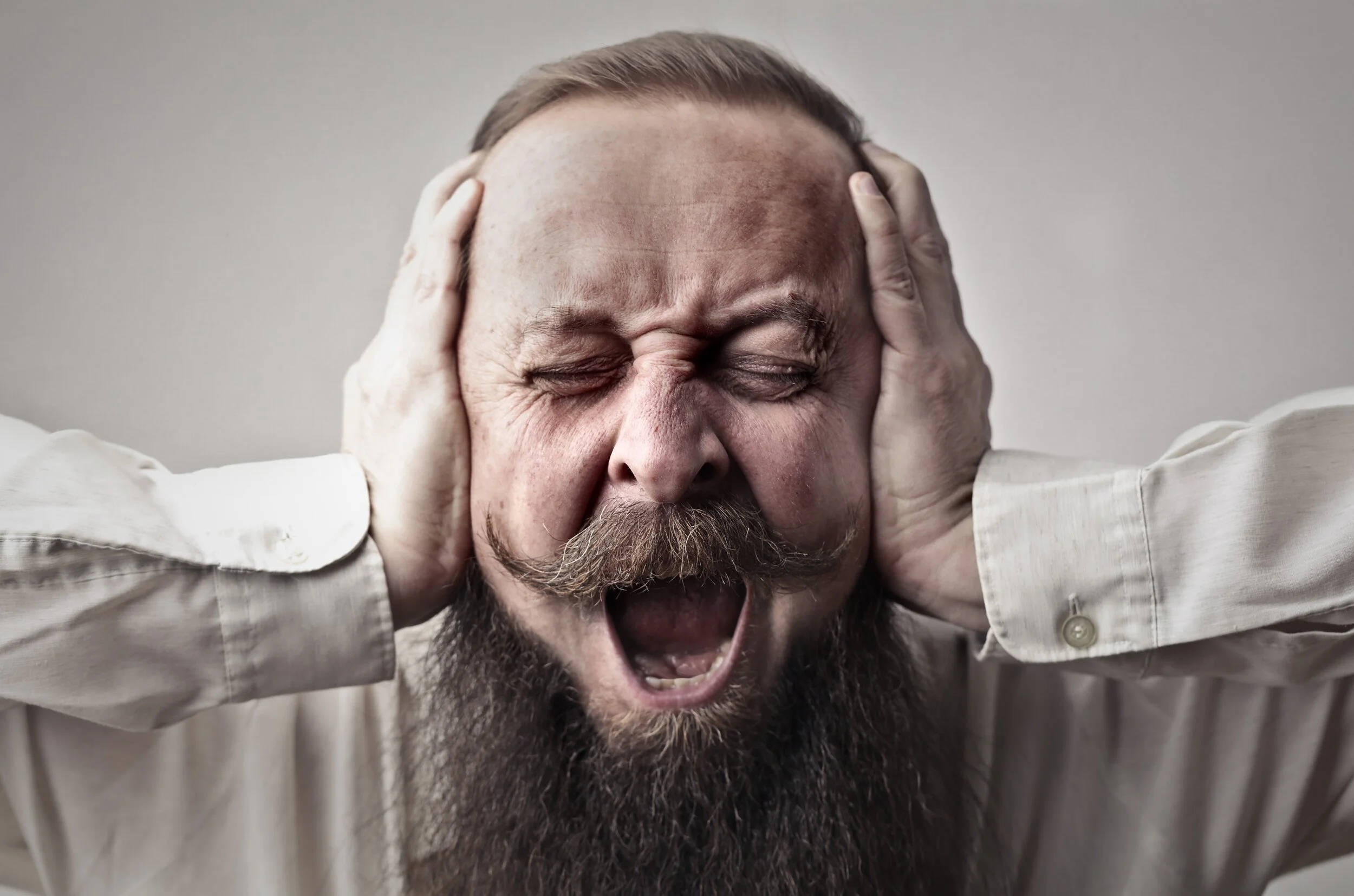What is audio feedback and how to avoid it
Key points
Sound quality including acoustics, speaker placement, and ambient noise levels have an affect on feedback.
Different sound systems and their suitability for home, office, and public spaces.
Tips for improving sound quality in everyday settings are provided, including soundproofing techniques and equipment recommendations.
A section emphasizes the role of technology in enhancing auditory experiences, including advancements in audio equipment and apps.
The conclusion suggests that investing in better sound quality can lead to significant improvements in comfort and productivity.
What is that awful squealing sound?!
No, it’s not this screaming guy to the right here. It’s probably feedback.
That awkward moment when…
Have you ever watched a movie and experienced that awkward moment when someone is giving a speech to a crowd with a microphone, and then a joke falls flat, resulting in a deafening silence? Suddenly, the quiet is shattered by the high-pitched, uncomfortable sound emanating from the speakers - this awkward occurrence is known as feedback. If you've ever witnessed this classic scene, you're familiar with the cringe-inducing effect of feedback in a public setting.
What is feedback?
Understanding Feedback in PA Systems
Feedback in a PA system occurs when the sound from the speakers is picked up by the microphone, amplified, and then re-amplified in a continuous loop. This creates a high-pitched or squealing sound that can be disruptive.
Essentially, feedback happens when the microphone picks up its own amplified sound from the speakers, leading to a loop of sound amplification. This can be resolved by adjusting the positioning of the microphone and speakers, using sound dampening materials, or adjusting the system's equalization settings to prevent the loop from occurring.
A feedback loop happens when the sound from the speakers goes back into the microphone. The microphone captures this sound, amplifies it, and sends it through the speakers again. This creates a continuous loop of sound reinforcement, as shown in the accompanying image.
Imagine setting up a microphone in front of a speaker. When you tap on the microphone, the sound of the tap goes into the microphone, through the amplifier, and comes out of the speaker. This sound then re-enters the microphone, goes through the amplifier again, and comes out of the speaker once more. This process continues, creating a loop where the sound keeps going back and forth between the microphone and the speaker.
This repetitive loop of sound is what we call feedback, or a feedback loop. It happens so quickly that it generates its own frequency, which we perceive as a high-pitched squealing sound. The distance between the microphone and the speakers plays a crucial role in determining the frequency of the squealing. This is because the distance affects how quickly the sound can loop through the system.
In simpler terms, feedback occurs when the sound from the speaker re-enters the microphone, creating a loop that produces an annoying squealing sound. The distance between the mic and the speakers determines how quickly this loop happens and the pitch of the squealing sound we hear.
How to avoid this
Well for starters, you want to not point the microphone toward the speakers as much as possible. This is a sure-fire way of not getting feedback. Maybe you’re setting up a podium for a speech in front of a crowd or perhaps setting microphones for a musical performance. Here are some suggestions for controlling this pesky feedback:
Use a dynamic microphone. A Shure SM58 is very common.
Speaking close to the microphone can help so that it doesn’t pick up other sounds.
Turn off the microphone when you’re not using it.
Equalizing (or EQing) the mix or lower the frequencies which are causing the feedback.
Lower the volume of the speakers, so the mic doesn't pick it up.
Place the speakers at the front of the stage rather than at the back.
Instead of using speaker monitors try using a headset or in-ear monitors.
These suggestions above are some quick and simple ideas to help you when setting up a microphone and speakers.
Conclusion
Remember it takes a little bit of time to understand the concept of feedback and in the beginning it will occur anytime you put together a mic, amp and speakers. The best thing to do, is to set everything up and try moving things around until you don’t have feedback anymore. And before you go live, always always always do a test run!
Still having trouble with persistent audio feedback issues? Click the button below to get in touch with our dedicated team, and we can provide you with some five-star advice to assist you in achieving success for your next event, party, or public speech.



